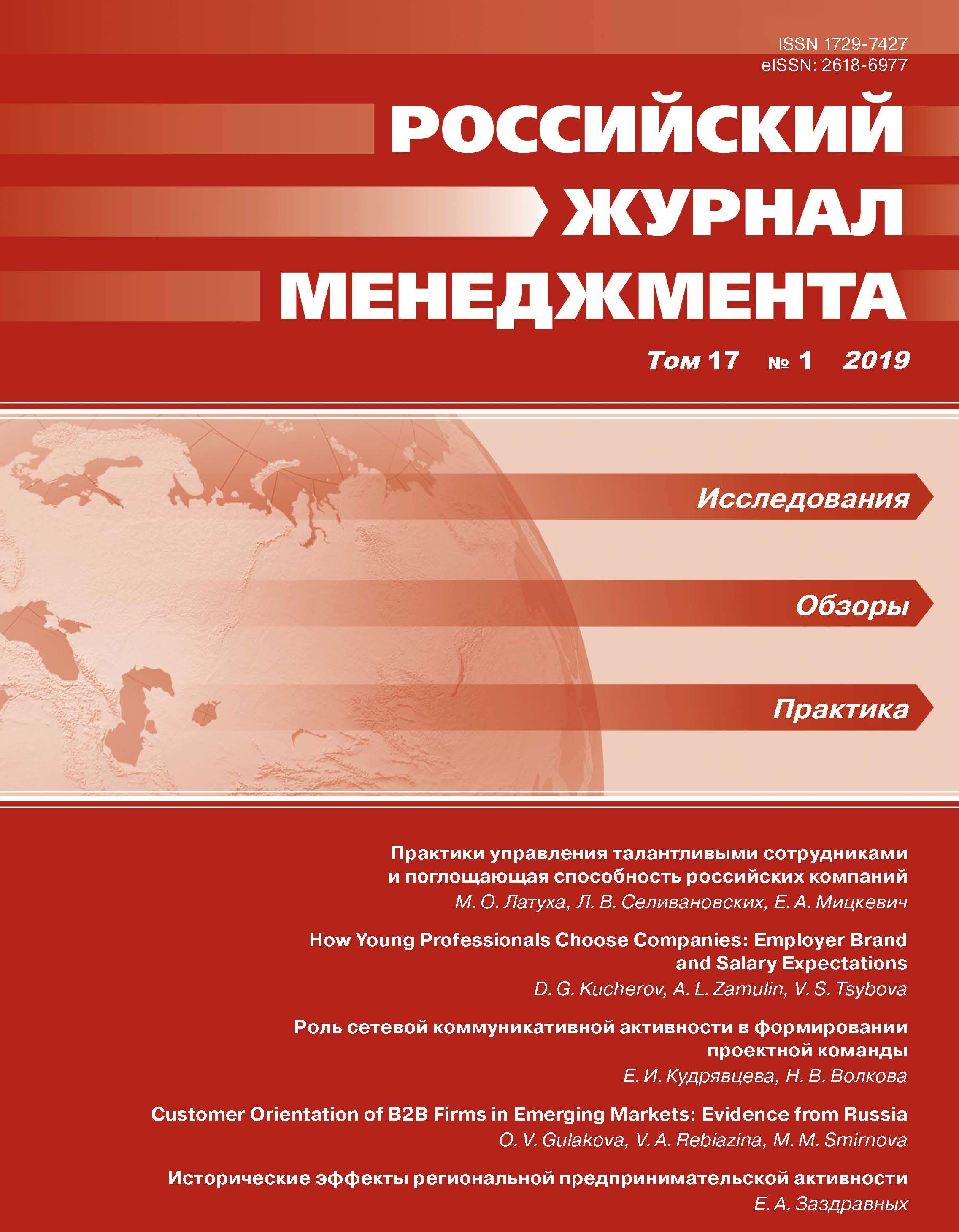How Young Professionals Choose Companies: Employer Brand and Salary Expectations
DOI:
https://doi.org/10.21638/spbu18.2019.102Аннотация
The employer brand concept has been dynamically developing over the past 20 years. Although there are substantial advantages given by the employer brand, its value for specific target groups needs to be explored more deeply. The aim of this article is to identify the key employer brand attributes that are important for young business specialists and to reveal the benefits for the company brought by the employer brand. The empirical research based on mixed methodology (in-depth interviews and a survey among business school bachelor and master program students) was conducted to identify the role of the employer brand in the employment decisions of young specialists and in shaping their salary expectations. The results showed that the jobseekers want to work in the company with the employer brand even if it provides lower wage level. The attributes important for young specialists were found to include both business environment features and internal employer brand characteristics.
Ключевые слова:
employer brand, employer brand image, employer brand equity, young specialists
Скачивания
Библиографические ссылки
REFERENCES
Загрузки
Опубликован
Как цитировать
Выпуск
Раздел
Лицензия
Статьи журнала «Российский журнал менеджмента» находятся в открытом доступе и распространяются в соответствии с условиями Лицензионного Договора с Санкт-Петербургским государственным университетом, который бесплатно предоставляет авторам неограниченное распространение и самостоятельное архивирование.





